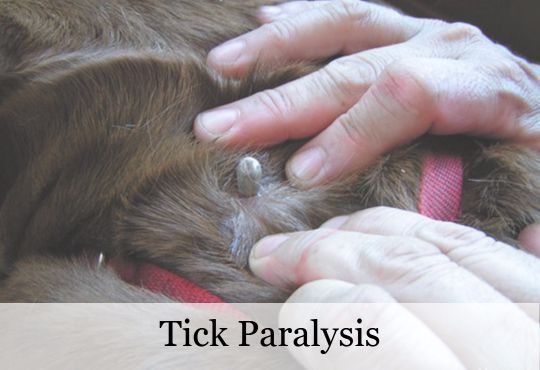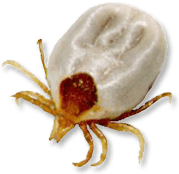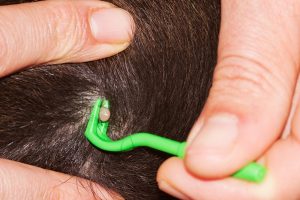Ticks attach to dogs and cats (and people), secreting a paralysing toxin as they feed. Left untreated, treatement almost always leads to respiratory or heart failure.
This Paralysis is caused by a specific tick, lxodes holocyclus, which is found along Australia’s east coast and is especially prevalent around bushland like Sydney’s North Shore.
This grey-greenish coloured tick can be as small as a pinhead and as large as a thumbnail. The bigger the tick, the longer it has been on your pet, ingesting the blood and becoming engorged. The neurotoxins in the saliva that it secretes into your pet’s bloodstream cause the symptoms.
Tick Paralysis Life Cycle
The Australian paralysis tick is a three-host tick. There are 4 distinct stages of the life cycle of the Australian Paralysis Tick – egg, larva, nymph, adult. The life cycle takes approximately 1 year to complete (minimum 135-437 days)
Female adult ticks lay up to 3000 eggs in litter, of which x amount survive to complete the life cycle. They are laid in leaf litter from MONTH-MONTH. They will remain as eggs for 40-60 days before hatching to become Larvae.
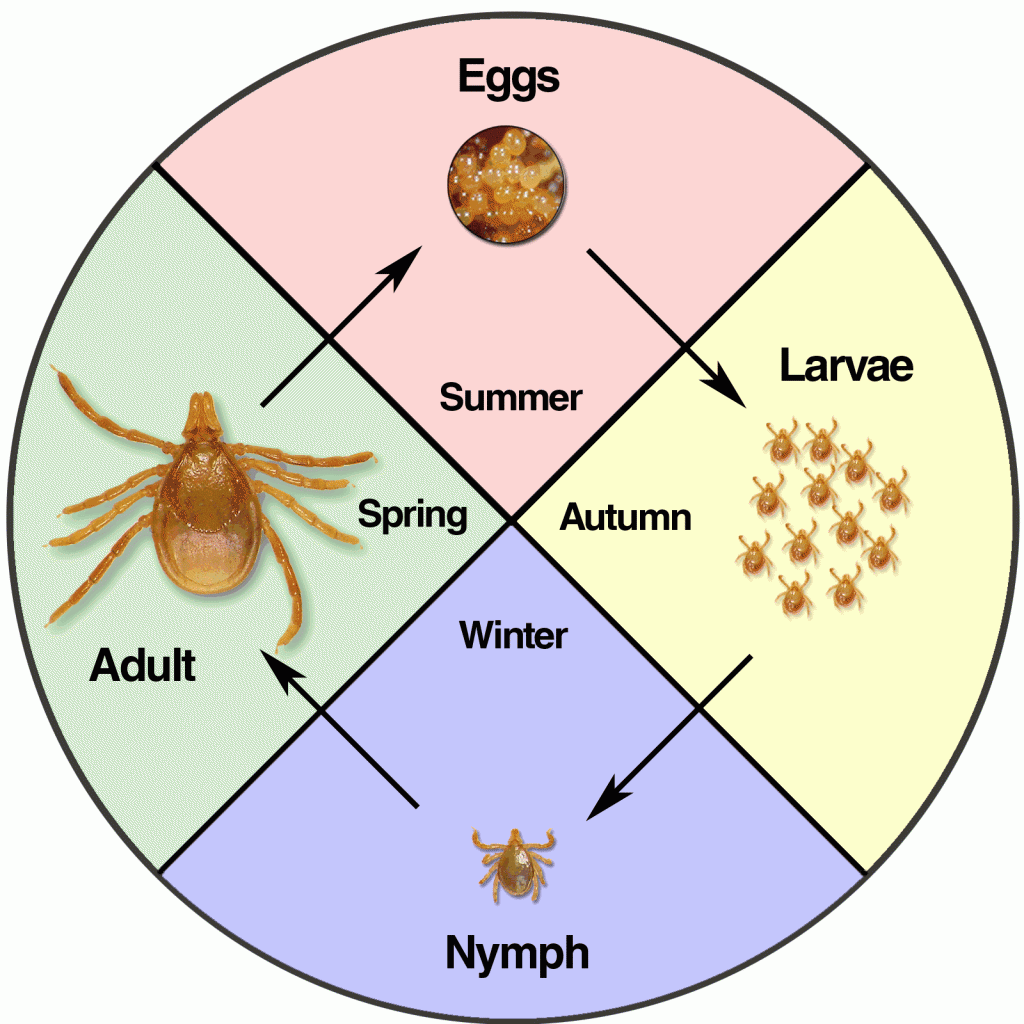
Larvae have 6 legs. Upon hatching, they immediately begin to search for a host so they can have a blood meal. They feed for 4-6 days, before falling off the host and undergoing a moult to become nymphs. We see this stage of the life cycle from MONTH-MONTH.
Nymphs have 8 legs. Upon moulting they will have a second blood meal on a second host. We see this stage of the life cycle from March to August. Nymphs can cause paralysis if a large number is present on a single host.
Upon moulting, adult paralysis ticks will find a host. Female ticks require a host for a blood meal, whereby a male tick uses the host to find a female tick in order to mate and feed from her. Males pierce the cuticle with their mouth parts and feed on the haemolymph of the female. The female ticks then fall off and lay eggs to complete the life cycle.
How Are Ticks Transmitted
Bandicoots, possums and echidnas are the most common hosts which transmit paralysis ticks. Due to continuous exposure to the toxin, they have built up resistance over time and are usually immune to its effects.
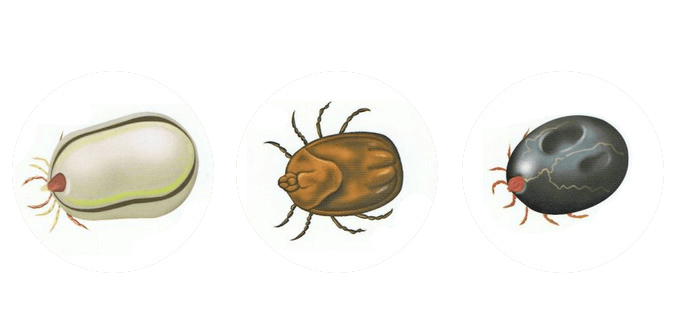
What Does A Paralysis Tick Look Like
There are at least 73 species of ticks in Australia and adult paralysis ticks can be difficult to identify. Body colour can be affected by feeding so is not reliable to use to accurately identify different species of ticks. Adult females have exceptionally long mouthparts, different coloured first and last set of legs (darker) and no coloured markings on the dorsal shield. Male ticks have much shorter mouth parts.
Methods To Find A Tick On Your Pet
The most reliable ways to locate a tick is to run your fingers through the coat with enough pressure to feel for any lumps or abnormalities. Although most ticks are found around the head and neck (78%), they can be found anywhere on your pet so it is important to perform a thorough examination. Check in the beard, ears, wound the eyes, between toes and around the anal area. 10% of patients will have two or more ticks, so its important to keep searching even if you find one.

